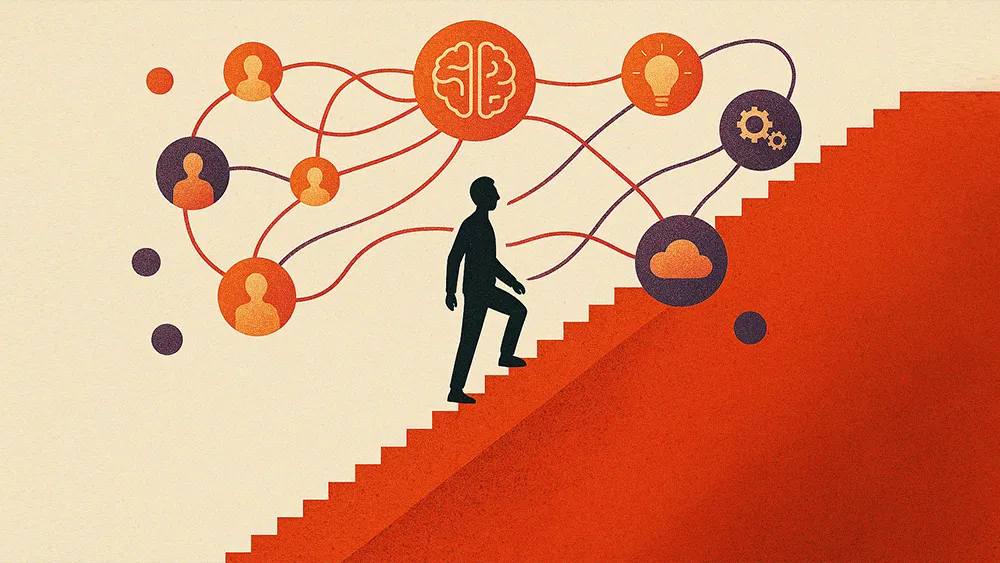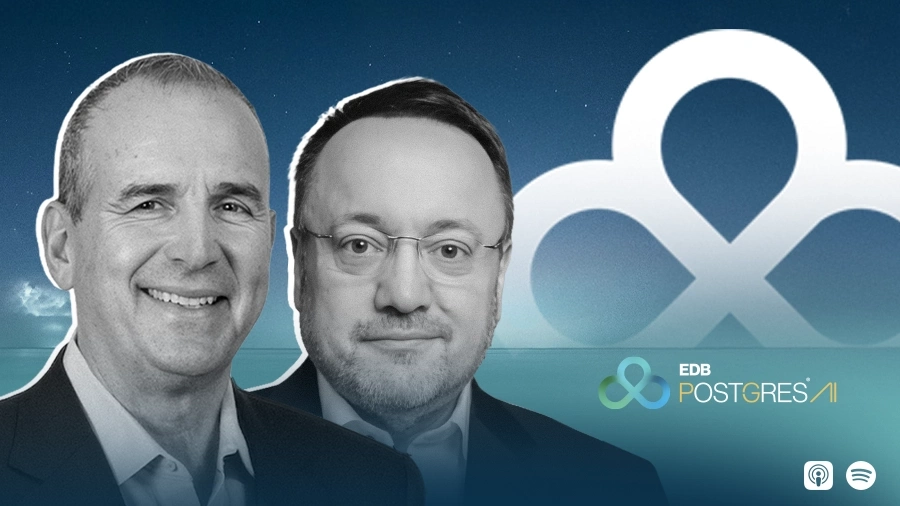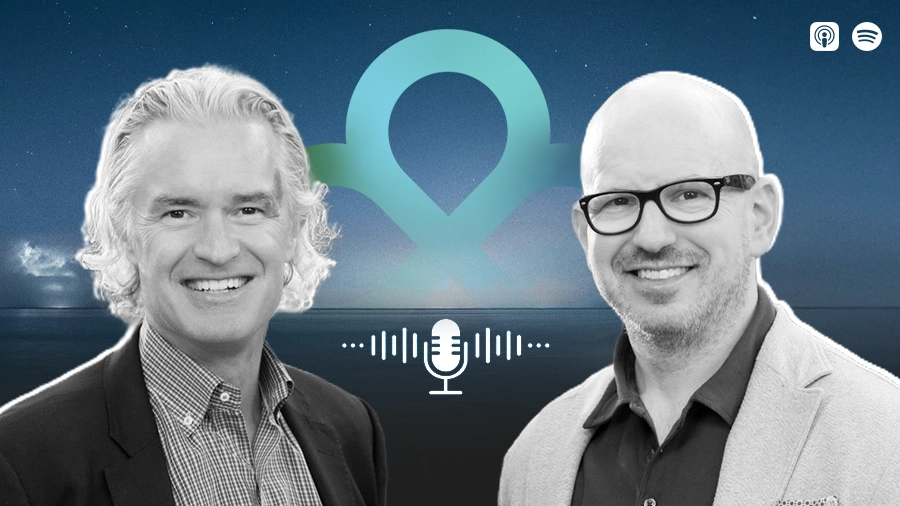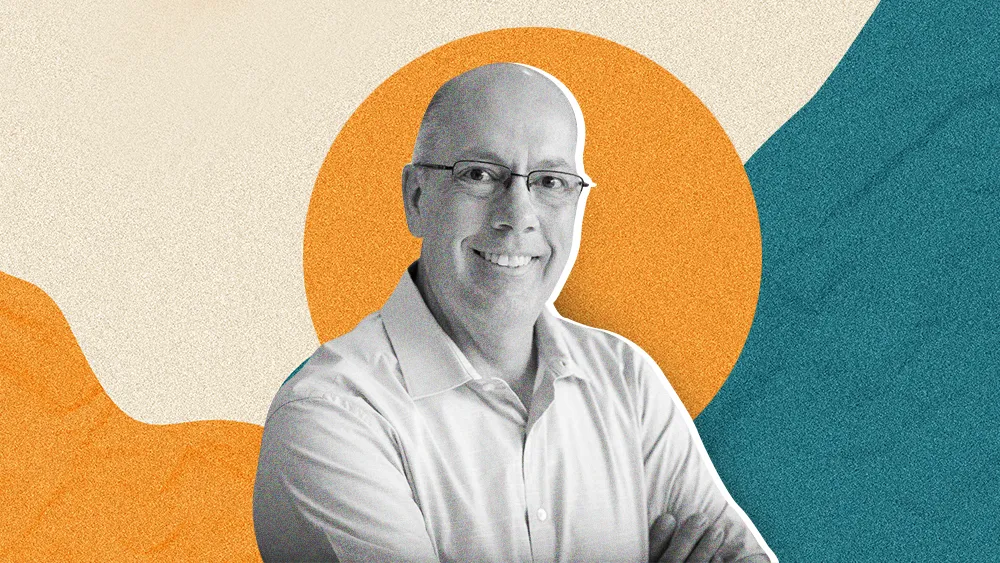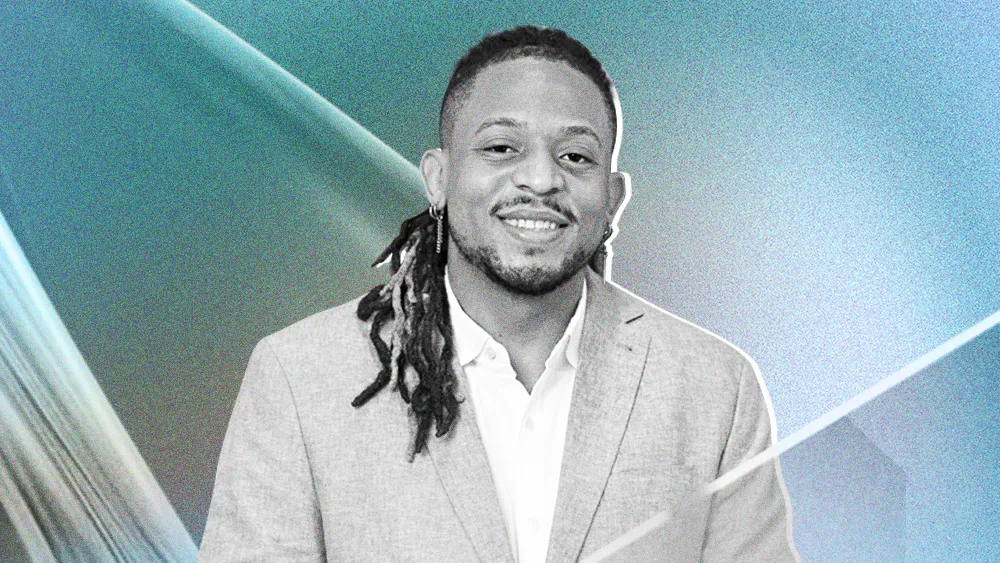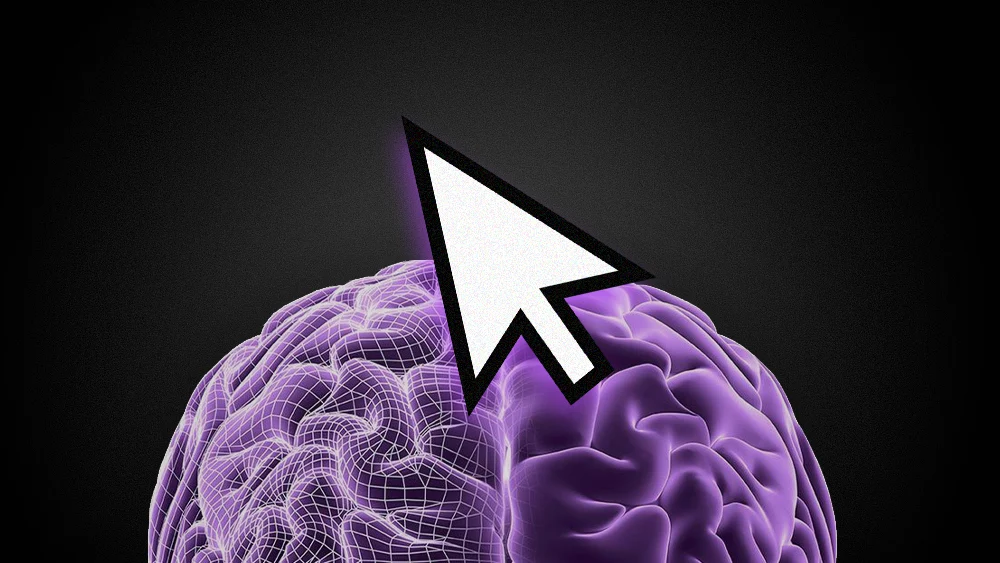The traditional org chart is giving way to a new, intelligent models for leadership. In place of the rigid, linear, and often bureaucratic structure, some are embracing the Orchestration Graph, a dynamic network where humans, AI, and agents continually shift roles. The moment is one that user experience (UX) and human-computer interaction designers have championed for over two decades.
AI Data Press spoke with OneReach.AI's Chris Cole, a GTM executive and innovator who also serves on the Advisory Board for Capgemini's Net Positive program, a project blending AI and sustainability practices for Fortune 100 organizations. His career has focused on building and scaling multi-billion-dollar strategic partnerships at major enterprises, including Accenture, Meta, Google, and Microsoft. Today, Cole holds patents for AI/ML innovations that impact how humans and machines interact. His current focus at OneReach.AI is improving the enterprise AI-pilot process by incorporating a UX/Service Design-led approach.
According to Cole, one common mistake leaders make is succumbing to "skeuomorphism," a design gimmick where a new technology is forced to imitate the look and feel of the thing it's replacing. In the enterprise, it manifests as trying to replace each human in a row of desks with a digital equivalent, a 1-to-1 substitution that misses the entire point.
The tangible proof of this shift is already visible in the market, Cole explained. He described a "Great Inversion" where the world's largest System Integrators (SIs) act as flywheels for AI adoption. By implementing these systems for thousands of clients, they're forcing a market-wide reorientation. Now, the economic incentive is too massive to ignore.
Abstraction dissolves bureaucracy: Navigating this shift will require some leaders to embrace abstraction, Cole said. But eventually, the inner workings of AI could become yet another invisible utility. "Everything is going to look different, but it's going to act the same. You don't need to understand the underlying process. Do you think about the oil refining process when you pump gas into your car?"
Today, the principle extends to entire corporate functions. "Regulation is now code," Cole noted, explaining how compliance with standards like HIPAA or SOC 2 can be built directly into the system, making violations impossible by design and rendering entire layers of manual oversight obsolete.
The new creative class: If AI handles the technical execution and bureaucratic enforcement, Cole said the role of leadership must fundamentally change. "Our role is to become excellent curators, leveraging creative intelligence and empathy. I'd be hiring writers and artists as well as MBAs and coders. We will need to understand how to live with technology as much as how to build it, because the technology will eventually build and operate itself."
Cole acknowledged the two divergent paths this transformation could take. "Few completely understand how this technology works yet, and the smartest people are the ones who admit it. That uncertainty means we're at a crossroads. We are moving into a renaissance that could either become Terminator or a golden age."


